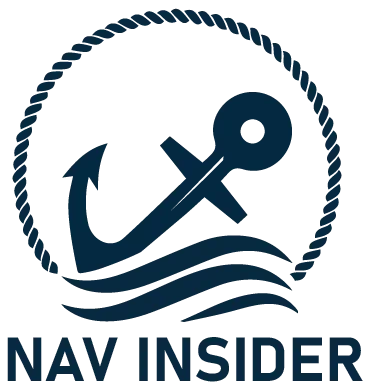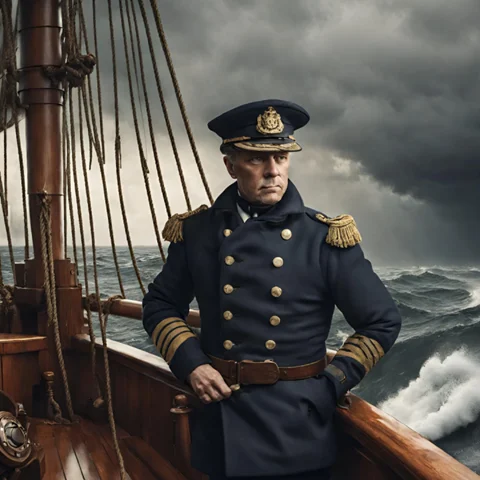Responsibilities of Deck Officer When Ship is at Anchorage
Operating a ship at anchorage may seem less extensive than navigating in open waters, however, it requires constant observation and action in response to external currents to ensure safety. Deck officers need to be cognizant of their surroundings and make specific actions to avoid accidents and incidents while the ship is at anchorage. Some of the duties and responsibilities for deck officers during the time that the ship is at anchorage are:
1. Compute the Swinging Circle
The swinging circle is the area a vessel can swing around its anchor. Swinging circle calculation is important in order to avoid collision with other vessels or against fixed objects.
The formula:
Swinging Circle (meters) = Length of Chain Paid Out + Length Overall (LOA)
Length of anchor chain will be calculated in the number of shackles (27.5m per shackle). If paid out 5 shackles, the length will be 5 x 27.5 = 137.5m
Getting it accurately is very important to avoid collisions with nearby ships or structures.
2. Follow Master’s Standing Orders (and Masters night orders)
Each master has standing orders that needs to be followed during anchorage. These orders stipulate safety procedures, preferred communication methods, and when to advise the master on changes in conditions. Officers need to go through and follow these orders carefully to ensure operational safety
3. Monitor Surrounding Vessels and Anchor Chain Angle
Other than maintaining a watchful eye on nearby ships to avoid collisions, observing the angle of the anchor chain can give early indications of dragging.
A sudden change in the angle of the chain could be an indication that the anchor is not holding anymore.
This method can give a quicker indication of dragging than solely using GPS plotting, particularly in cases of strong current or shifting wind.
4. Regularly Check Ship’s Position
Get into the routine of inspecting the ship’s position using several methods:
GPS and RADAR: If you’re plotting positions, you can check if there were any indications of dragging.
Echo-sounder: If there is any change in depth, this could suggest unintentional alteration towards shallow water.
Make sure that these checks are done at intervals as outlined in the Master’s standing orders.
5. Show Correct Lights and Shapes
The vessel shall exhibit the prescribed anchor lights in compliance with the International Regulations for Preventing Collisions at Sea (COLREGs) when at anchor.
During the day, a black ball shape is displayed.
6. Monitor VHF Channel and Local Warnings
Keep a listening watch on VHF for traffic, updates from port authorities, nearby vessels, and for pilots approaching the vessel.
Keeping a listening watch on emergency and working channels helps you stay updated on weather changes, traffic alerts, or any security warnings, even if these updates come infrequently.
7. Asses bottom using Lead Line
Occasionally, having anchored in the daytime, the Officer of the Watch may take a lead line and see what sort of seabed is lying beneath—such as whether it’s mud, sand, or rocks. This is very normal on smaller vessels where the officer does this alone.
8. Track Buoy Movements for Tidal and Current Changes
Tracking the buoy or another fixed object can also provide extra insight into tidal changes and current strength.
If a buoy shows a significant change in position or direction, it may signal the onset of a tidal change, wind shift, or current may signal a sudden increase in current and alert the officer’s awareness of possible anchor dragging.


